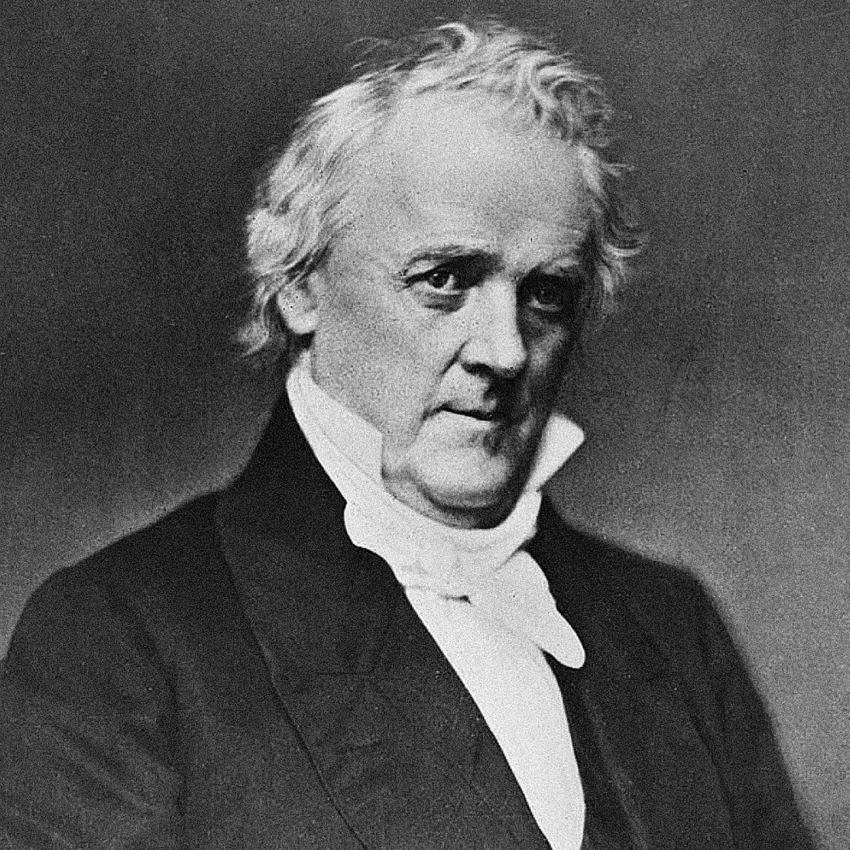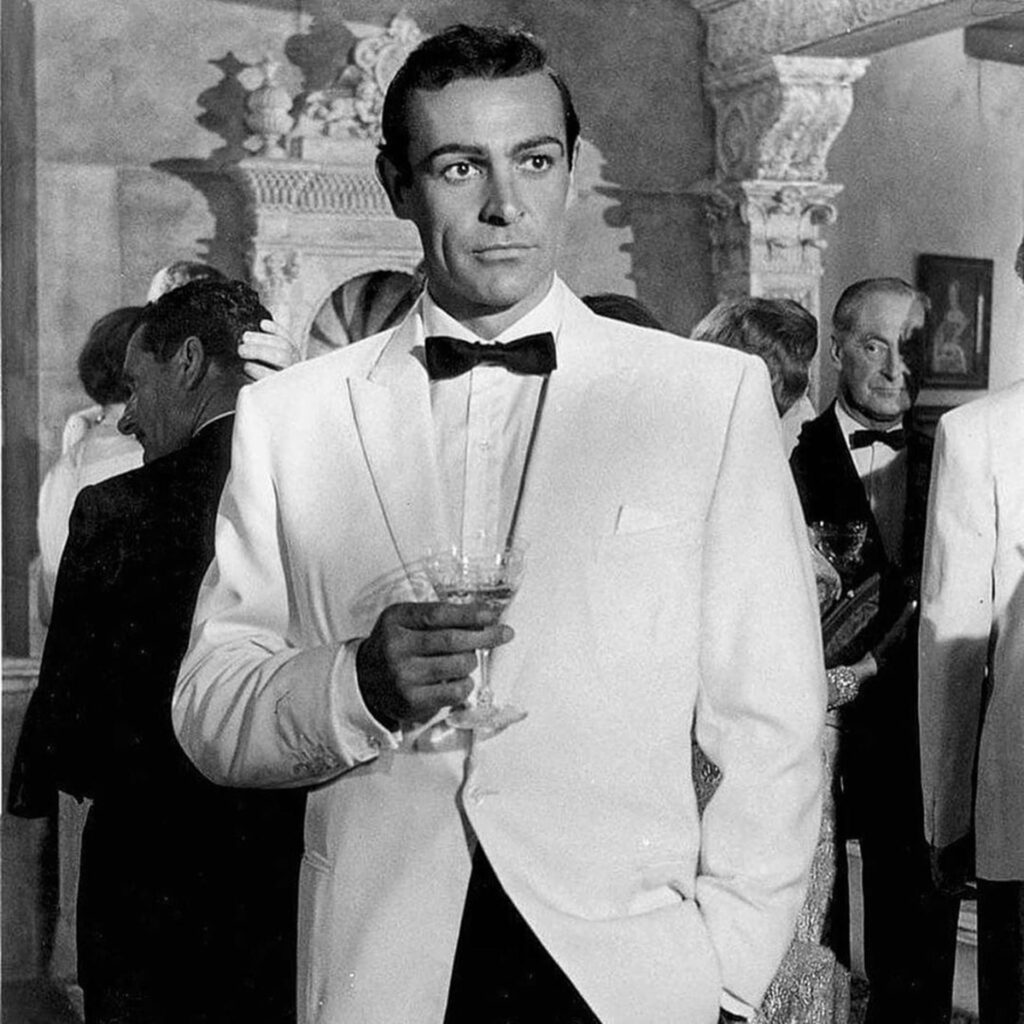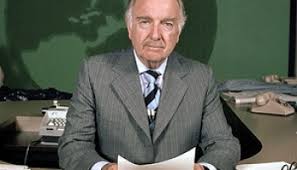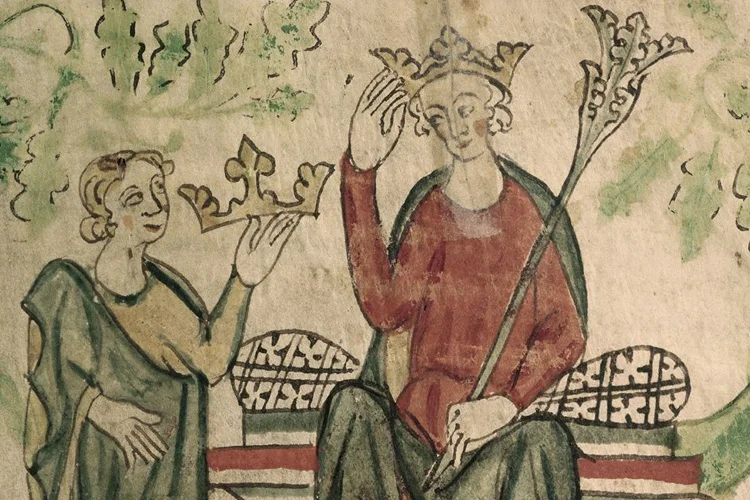
Who Am I?
Two of my favorite subjects are American history and trivia. When Margie and I first got married one of our favorite ways to spend time with friends was to play the then popular game Trivial Pursuit. That’s when I discovered that I am the master of useless information, the repository of all things that will never earn me any money. But it’s still fun and when I can combine my love of trivia with my love of American history, so much the better. This is the first of what I hope will be a series of posts about American history trivia. We’ll start with the presidents. A subject that most of us know a fair amount about but maybe not as much as we think.
Before I go into the questions, we’ll start with the mystery man above. That’s James Buchanan, the 15th president of the United States. Now The Grumpy Doc must admit that he did recognized this fellow. If you did, bonus points for you. However, no prize for beating The Grumpy Doc beyond a sense of satisfaction that comes from besting the master. Did I mention that not only am I grumpy, but I’m also cheap?
The first question should be an easy one.
- Who was the first president to have a full beard while in office?
- Who was the last president to have a full beard while in office?
- What president had the first telephone installed in the White House?
- What two presidents had only a letter for a middle name?
- What president established the first National Park?
- Who was the first president to serve in the Navy?
- Who was the first president to write a best seller?
- Who was the only president to remain a bachelor throughout his life?
- Who was the first divorced president? (Should be another easy one.)
- What president had the most children?
- Who was the first president to ascend to the presidency from the vice presidency upon the death of the president?
- Who was the first president to have impeachment charges filed against him?
- Who was the only president to commit treason against the United States?
- And now, a question of great national significance. What president installed the first bathtub in the White House?
- Who was the first president born in a hospital?
- What presidents attended military academies?
- Who was the last president not to have a college degree?
- A final question with significance to current events. Who was the only president to have completely paid off the national debt during a period of his administration. I don’t mean balance the budget; I mean zero national debt.
ANSWERS
- Abraham Lincoln was the first president to have a full beard while in office.
- Benjamin Harrison was the last president to have a full beard throughout his term of office. However, there is a slight trick to this question. Harry Truman, during a vacation in 1948, briefly sported a goatee. However, it was gone by the time he returned to Washington.
- Rutherford B. Hayes had the first telephone installed in the White House. Not only did he have it installed, he was so fascinated by it he frequently answered it himself.
- Both Ulysses S. Grant and Harry S. Truman had S for a middle name. However, the story behind the S is significantly different. Grant was born Hiram Ulysses Grant. The congressman who signed his recommendation for West Point mistakenly listed his name as Ulysses S. Grant. Grant never disputed it and retained the S throughout his life. Biographers have reported that this was because he did not like the initials that spelled HUG. The rumor spread that the S stood for Simpson, his mother’s maiden name, but it never really stood for anything. Harry Truman’s middle name at birth was S. Both his maternal and paternal grandfathers had names that began with S and a significant family conflict arose about who he would be named after. The compromise was the initial.
- Although it is widely believed that Teddy Roosevelt established the first National Park, it was Ulysses S. Grant who signed the legislation creating Yellowstone. The National Park Service was created by legislation signed by Woodrow Wilson.
- The first US president to serve in the Navy was John F. Kennedy. Interestingly, the next four presidents also served in the Navy, three of them in World War Two.
- Teddy Roosevelt was a best-selling author before he became president. He wrote histories, biographies, essays, and memoirs. His books were widely distributed and very popular. And this was in the era before presidents “wrote” their memoirs as a way of supplementing their post presidential income.
- This was our mystery man, James Buchanan who never married.
- The first man elected president who had previously been divorced was Ronald Reagan.
- John Tyler had 15 children with two wives.
- Once again, John Tyler. He was elected as vice president with William Henry Harrison. He became president when Harrison died shortly after assuming office. At the time, no one was sure if the vice president would become president or simply assume the duties. Tyler solved the problem by quickly having himself administered the oath of office. Tyler was never popular with his party and was referred to as “His Accidency”. He was not nominated for an independent term of office and left after his first term.
- This is one The Grumpy Doc missed. I thought it would be Andrew Johnson. But, once again it was John Tyler. The charges were not successful, although surprisingly they were brought by his own party, and he completed the term.
- You may have noticed a trend here; this was our old friend John Tyler. He was elected to the Confederate House of Representatives but died before actually taking office.
- The first permanently installed bathtub was during the administration of Millard Fillmore. This may be the most significant thing that happened during the administration of this otherwise undistinguished president.
- Jimmy Carter, born in 1924, was the first president born in a hospital.
- Both President Grant and President Eisenhower graduated from the U. S. Military Academy at West Point and President Carter graduated from the U. S. Naval Academy at Annapolis.
- President Truman was the last president without a college degree. He attended business school and law school but did not graduate from either. At that time, it was possible to attend law school without an undergraduate degree.
- Andrew Jackson achieved his campaign promise of completely paying off the national debt on January 8th, 1835. However, this proved not to be a good thing. The practices he implemented to pay off the debt led directly to the panic of 1837, one of the worst recessions in U.S. history and a significant increase in national debt.
There is a lot more presidential trivia, but this is enough for our first go around. Please send me comments about your success in answering these questions. My score was right around 70%. Hopefully some of you can do better. But of course, if you do, The Grumpy Doc will never admit to having been beaten.










A Requiem for Our Newspapers
By John Turley
On June 11, 2023
In Commentary
Were it left to me to decide whether we should have a government without newspapers, or newspapers without a government, I should not hesitate a moment to prefer the latter. But I should mean that every man should receive those papers and be capable of reading them.
Thomas Jefferson
When I was growing up in Charleston WV in the 1950s and early 1960s, we had two daily newspapers. The Gazette was delivered in the morning and the Daily Mail was delivered in the afternoon. One of my first jobs as a boy was delivering The Gazette. It worked out to be about 50 cents an hour, but I was glad to have the job. (It was good money at the time.)
Ostensibly, the Gazette was a Democratic newspaper, and the Daily Mail was a Republican one. However, given the politics of the day there was not a significant difference between the two, and most people subscribed to both.
There weren’t a lot of options for news at the time. Of course, there were no 24-hour news channels. National news on the three networks was about 30 minutes an evening with local news at about 15 minutes. By the late 1960s national news had increased to 60 minutes and most local news to about 30 minutes. Although, given the limitations of time on the local stations, most of the broadcast was taken up with weather, sports, and human interest stories with little time left to expand on hard news stories.
We depended on our newspapers for news of our cities, counties, and states. And the newspapers delivered the news we needed. Almost everyone subscribed to and read the local papers. They kept us informed about our local politicians and government and provided local insight on national events. They were also our source for information about births, deaths, marriages, high school graduations and everything we wanted to know about our community.
In the 21st century there are many more supposed news options. There are 24-hour news networks as I’ve described in my previous post Too Much Time and Too Little News. And of course, there are Twitter, Facebook and the other online entities that claim to provide news.
There has been one positive development in television news. Local news, at least in Charleston, has expanded to two hours most evenings. There is some repetition between the first and second hour and it is still heavily weighted to sports, weather, and human interest, but there is increased coverage of local hard news. However, this is somewhat akin to reading the headlines and the first paragraph in a newspaper story. It doesn’t provide in-depth coverage, but it is improved over what might otherwise be available to those who don’t watch a dedicated new show. Hopefully, it motivates people to find out more about events that concern them.
But it’s still been the local newspapers that have provided the detailed news we want about local and state events. Here in Charleston our newspapers were consolidated into a single daily paper several years ago. Despite reduced staffing and subscribership, they still make a valiant effort to cover our local news. Eric Eyre provided Pulitzer Prize winning coverage of the opioid epidemic. Currently Phil Kabler continues to provide outstanding coverage of the legislature and state government. Mike Tony, another reporter deeply involved in the community, provides coverage of West Virginia energy issues and the governor’s ongoing business foibles.
Will TV news be able to provide the details about our community? The format of the newspaper allows for more detailed presentations and for a larger variety of stories. The reader can pick which stories to read, when to read them and how much of each to read. The very nature of broadcast news doesn’t allow these options.
I worry about the future of newspapers. More than 360 newspapers have closed nationally since the beginning of the COVID pandemic. Since 2005 over 2500 newspapers, more than 25% of the nation’s total, have closed. It would be a tragedy to continue losing newspapers at this rate.
I beg everyone to please subscribe to your local newspapers. I prefer the hands-on, physical newspaper. I understand many people prefer to keep up with the digital age. If so, please subscribe to the digital editions of your local newspaper and don’t pretend that the other online sources, such as Facebook, Twitter and Instagram will provide you with local news rather than just gossip.
If we lose our local news, we are in danger of losing our local freedom and if we lose our local freedom, we’re in danger of losing our country. For those of you who think I’m fear mongering, countries that have succumbed to dictatorship have first lost their free press (More about that in a later post. If you know anything about The Grumpy Doc, you know he’s never short of opinions.)
I believe that broadcast news will never be the free press that print journalism is. The broadcast is an ethereal thing. You hear it and it’s gone. Of course, it is always possible to record it and play it back, but most people don’t. If you have a newspaper, you can read it, think about it, and read it again. There are times when on my second or third reading of an editorial or an op-ed article I’ve changed my opinion about either the subject or the writer of the piece. I don’t think a news broadcast lends itself to this type of reflection. In fact, when listening to the broadcast news I often find my mind wandering as something that the broadcaster said sends me in a different direction.
Also, in my opinion, broadcast news is controlled by advertising dollars and viewer ratings. News seems to be treated like any entertainment program. I recognize that this can be the case with newspapers as well, but it seems to me that it’s much easier to detect bias in the written word than in the spoken word. Too often we can get caught up in the emotions of the presenter or in the graphics that accompany the story.
With that in mind, I recommend that if you want unbiased journalism, please support your local newspapers before we lose them. Once they are gone, we will never get them back and we will all be much the poorer as a result.
I will leave you with one last quote.
A free press is the unsleeping guardian of every other right that free men prize; it is the most dangerous foe of tyranny.
Winston Churchill
The only way to preserve freedom is to preserve the free press. Do your part!
And you can quote The Grumpy Doc on that!!!!